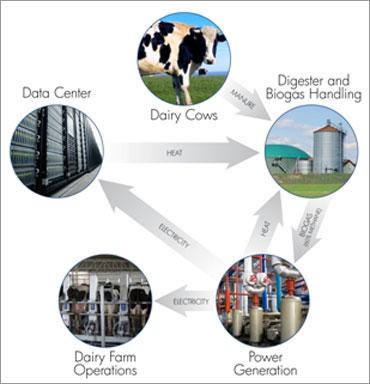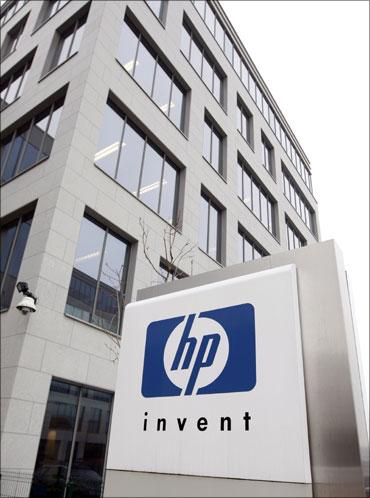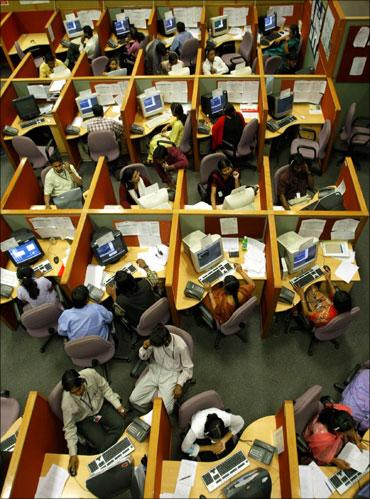Photographs: Reuters Srikanth R P, InformationWeek
Cows and data centres may seem unnatural partners. However, researchers at HP Labs argue that both entities can be aligned to create a sustainable lifecycle.
According to HP Labs, the average dairy cow produces about 55 kg of manure per day, and approximately 20 metric tonnes per year. The manure that one dairy cow produces in a day can generate 3.0 kilowatt-hours (kWh) of electrical energy.
A medium-sized dairy farm with 10,000 cows produces about 200,000 metric tons of manure per year. This farm can fulfil the power requirements of a medium-sized 1 megawatt (MW) data centre.
The heat generated by the data centre need not be wasted. Instead, it can be used to break down animal waste which results in the production of methane.
Methane can then be used to generate power for the data centre.
. . .
How 10,000 cows can power 1 MW data centre
Photographs: Courtesy, Information Week
HP Labs researchers say that this symbiotic relationship allows the waste problems faced by dairy farms and the energy demands of the modern data centre to be addressed in a sustainable manner.
Sustainable Data Centres
"The genesis of this idea came from HP's work in supply-side management for sustainable data centres, looking not only at the more commonplace electricity micro-grid concepts, but also at micro-grids for cooling, water consumption and materials usage. The farm waste-powered data centre became an exercise in extracting as much energy as possible from the sources available locally," explains Chandrakant D Patel, HP fellow & director, HP sustainable ecosystem lab, USA.
The main benefit of the system is that direct impact on the environment from farm waste will be reduced.
Since farm waste is an underutilised fuel source, "Powering data centres with manure benefits the data centre with a reliable and affordable source of power. It can also benefit the farmer by efficiently disposing of the waste generated on the farm and providing a new source of income," explains Patel.
. . .
How 10,000 cows can power 1 MW data centre
Image: A logo of HP is seen outside Hewlett-Packard Belgian headquarters in Diegem, near Brussels.Photographs: Reuters
Imagine the impact of thousands of cows powering data centres.
Networked farms
In the United States, researchers estimate the payback period for the farmer to be slightly over two years.
In India, Patel says farmers can enable a similar payback period given the historical experience with gobar gas production. Villages can also look at networking individual farms to power a data centre.
"India has led the way in showing the world the power of cooperatives such as the Amul dairy cooperative. While manure is not the same as milk, the available energy and the ability to harness it symbiotically with IT may well present an economically viable option. I believe this model can be extended to Gobar as well, since villages are in close proximity in India," says an optimistic Patel.
. . .
How 10,000 cows can power 1 MW data centre
Image: A data centre n Bangalore.Photographs: Reuters
Accelerating delivery of low cost services
"IT services can enable micro-businesses like the local kirana retailer and the farmer to provision supplies, conduct banking transactions, etc. But to get there, such IT services need to be affordable and delivered at less than Rs 50 per month. Reaching such a price-point requires holistically addressing energy consumption in the IT ecosystem from an end-to-end supply and demand side perspective," explains Patel.
It's still too early for cows to actually start delivering power to data centres. However, the concept is interesting since it has the potential to catalyze the thoughts of users and IT powerhouses in using clean energies.
Data centres are typically powered by coal that is considered a dirty technology and a major contributor of carbon dioxide emissions.
The HP Labs initiative could be just the catalyst the industry needs for powering IT infrastructure on clean technologies.





article